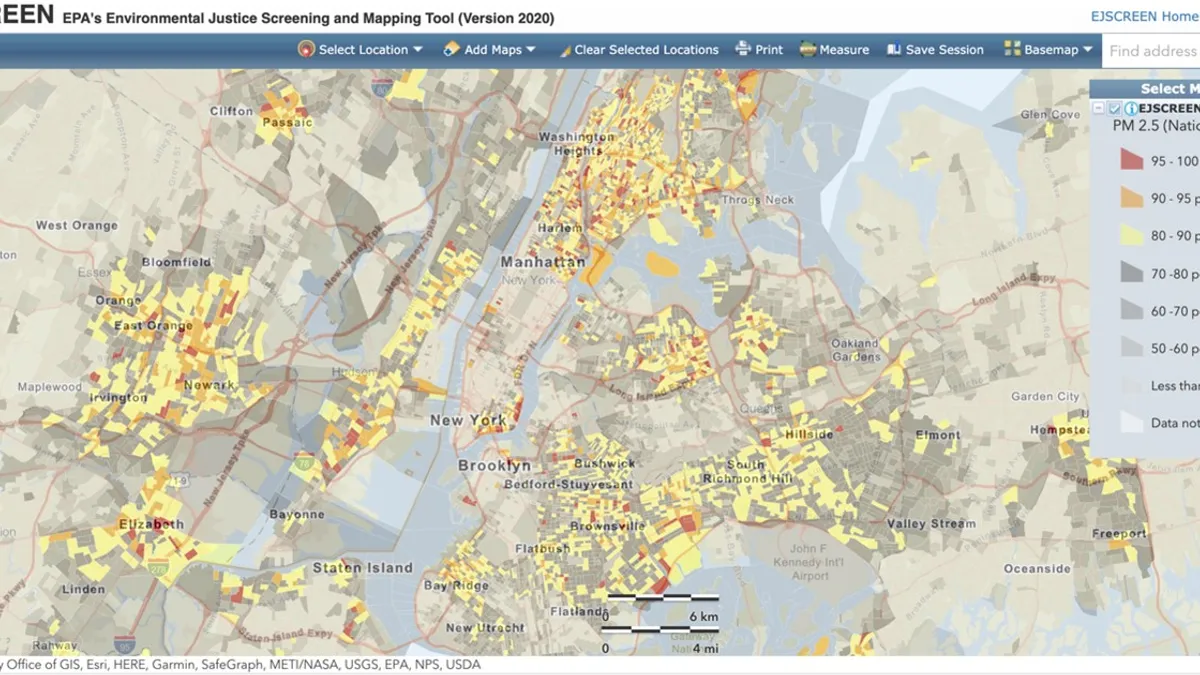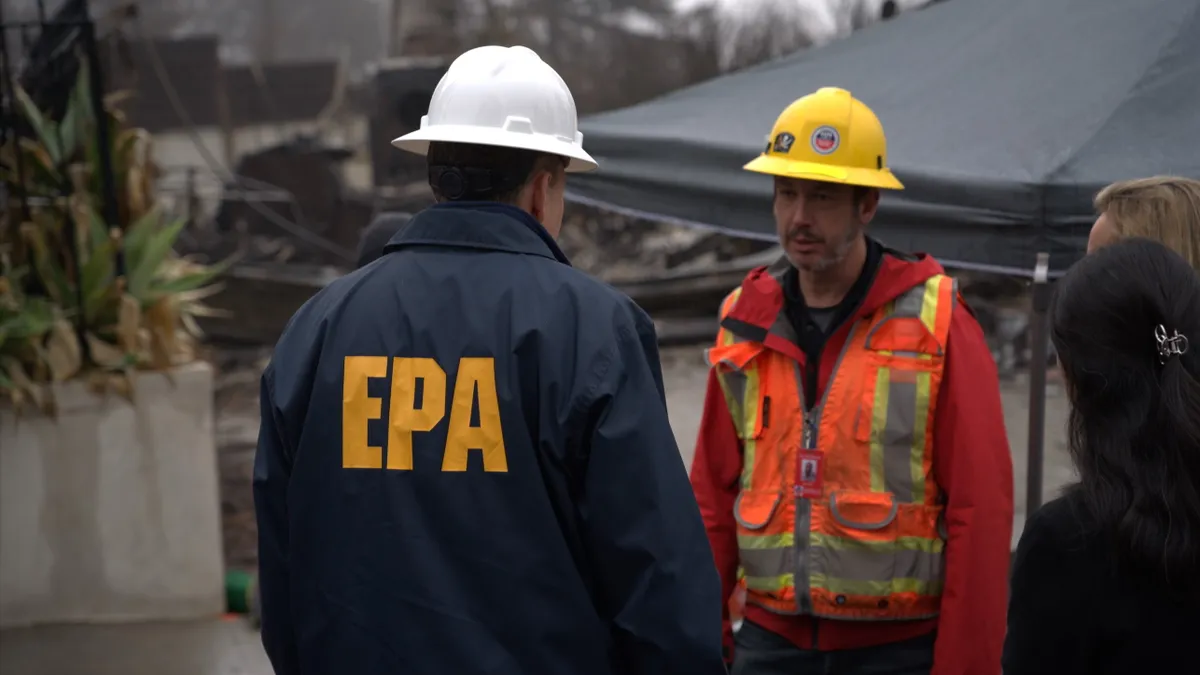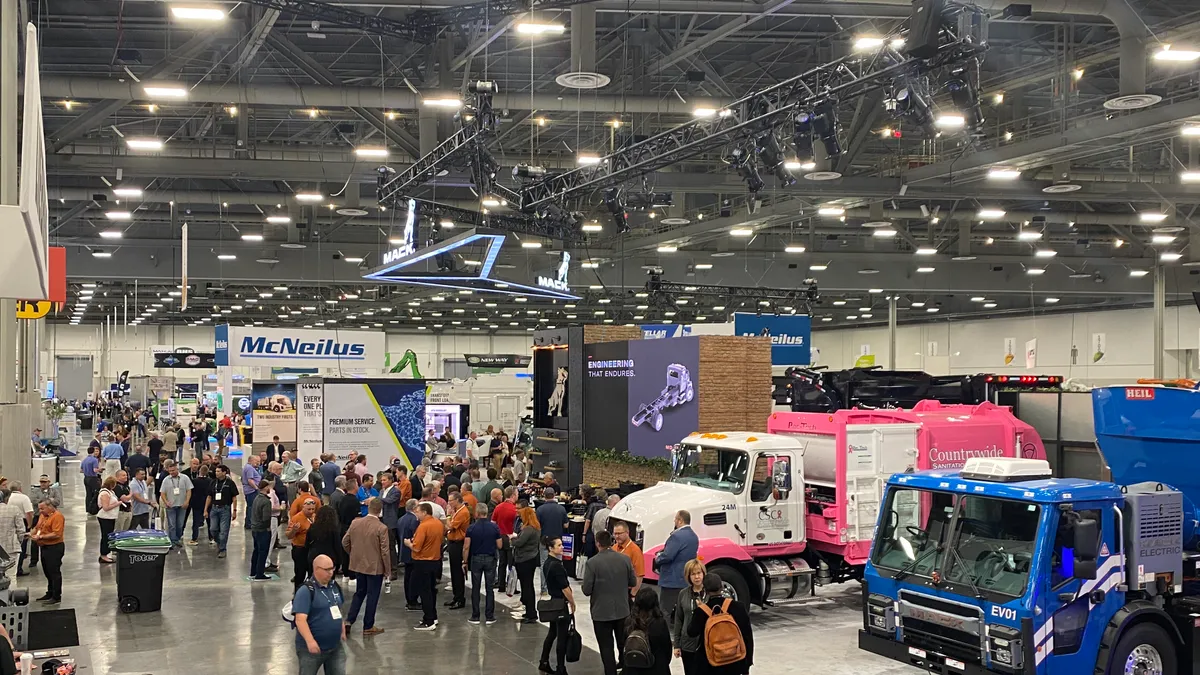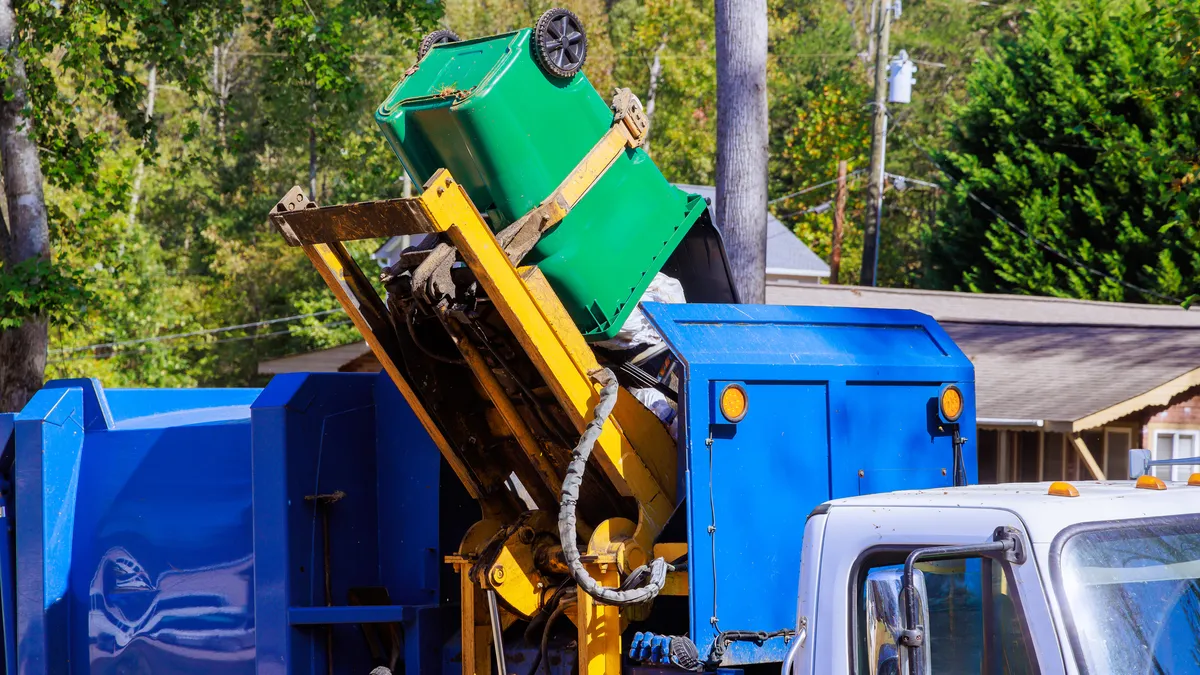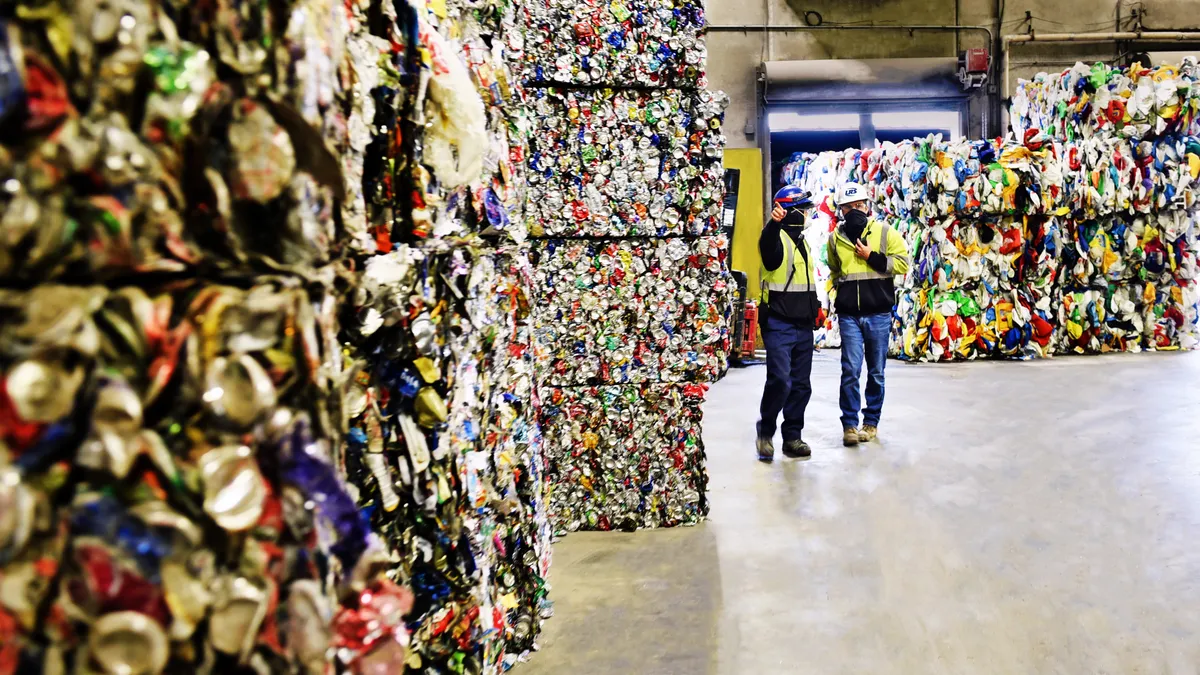Sheila Remes is vice president of environmental sustainability at aerospace corporation The Boeing Company. John Plaza is president and CEO of Bend, Oregon-based SkyNRG Americas, which is focused on building dedicated sustainable aviation fuel production facilities throughout North America.
The recently concluded holiday travel season came with a new twist: Society’s collective interest in combating the global climate crisis is intensifying just as the aviation industry itself acts with renewed urgency to reach net-zero emissions by 2050.
Underscoring the point, leaders from 23 nations recently formed the International Aviation Climate Ambition Coalition with a commitment to reduce emissions and develop sustainable aviation fuel (SAF). Closer to home, the White House unveiled a multi-agency roadmap to net-zero for the U.S. aviation industry. Commercial aviation contributes approximately 2% to 3% of global carbon dioxide (CO2) emissions. We expect levels to increase for a growing industry that will be difficult to decarbonize and won’t see widescale use of electric or hydrogen-powered aircraft for decades.
So, what are the viable, realistic options to enable a more sustainable future for the U.S. aviation sector in the short to medium term? We believe one answer is methane — specifically, SAF derived from biogas methane.
The timing is favorable. Methane emissions were a focus at COP26 in November, as more than 100 nations signed on to the Global Methane Pledge, committing signatories to cut these emissions 30% by 2030. And it is imperative that nations take collective action to do so: for 20 years after methane is released, it’s at least 80 times more powerful than CO2 in trapping heat in Earth’s atmosphere. Limiting methane emissions could deliver an outsized, near-term impact on warming compared to analogous efforts to limit CO2 emissions.
Unique among SAF options, biogas methane as a feedstock delivers two unquestionable benefits at once. First, it creates a low-carbon alternative to fossil jet fuel by using the abundant supply from landfills, agricultural operations, and wastewater treatment facilities across the country. U.S. landfills alone released an estimated 114.5 million metric tons of CO2 equivalent of methane into the atmosphere in 2019, representing over 17% of the country's methane emissions. Second, utilizing methane as a source of feedstock for SAF simultaneously reduces the amount of methane released into Earth’s atmosphere and mitigates emissions from flights.
It’s a win-win: capturing and converting biogas methane to SAF does more than reduce CO2 emissions; it contributes to the creation of a virtuous economic cycle involving its sustainable management and reuse. This is the very definition of the word “sustainable.”
Of equal importance, harnessing biogas methane for SAF production is commercially viable today. SAF is no “pie in the sky” technology. Technological developments have allowed for a highly efficient process for converting biogas methane to energy-efficient fuel production units. The next milestones in building scale will involve infrastructure funds, sovereign wealth funds, and public-private partnerships connecting with waste industry leaders and project developers to increase SAF production using biogas methane. Investing in this promising solution will play a crucial role in developing a “future-proof” SAF that can reduce methane emissions and be implemented at a competitive price and scale throughout the U.S.
This constructive solution arises against the backdrop of notable movement in the broader SAF market. In the past year, for example, aviation stakeholders have announced over 30 partnerships and commitments to increase the production and use of SAF made from various sources — from used cooking oils to agricultural waste. Most recently, chief technology officers from seven of the world’s aviation manufacturers issued a call to action for policymakers, research institutions, suppliers, fuel producers, and airports to deliver on aviation’s sustainability agenda. Faster adoption of SAF was a key part of their announcement.
While this industry momentum is promising, speed isn’t everything. We need to be sure we are focusing on the most sustainable solutions for aviation and using SAF feedstocks that, for example, do not displace higher-value applications like food production. While rapid progress has given us a start on decarbonizing aviation, the industry’s future depends on us focusing on long-term solutions.
Consumers eager to travel are also looking for leadership on climate. And here’s where waste industry leadership can help: scaling the production of SAF made from biogas methane will require the buy-in of these leaders, who are central to creating a network of methane-capture sites. As demand for SAF accelerates, it is imperative that the aviation, waste, and renewable energy industries seize the moment and partner to ensure a future where we are investing in a win-win strategy that supports a truly sustainable transition for flying.
Contributed pieces do not reflect an editorial position by Waste Dive.
Do you have an opinion on this issue, or other topics we cover? Submit an op-ed.







